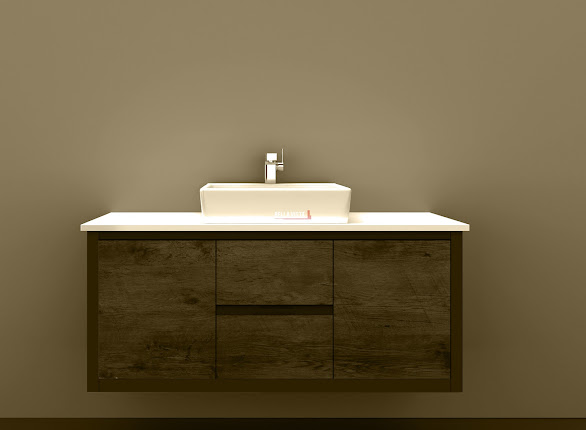Everything You Need To Know About Culvert Base Slabs
Culverts are unique structures that represent a significant part of today's infrastructure. Many are in bad shape right now or do not work as well as they used to. Others are out of date regarding their hydraulic capacity because changes in the surrounding terrain and runoff have made the flow capacity needs higher. Such structures must be checked often to ensure they work well and have enough water flow. Here will look at everything you need to know about culvert base slabs.
1. Safety
Inspection of culvert base slabs could be dangerous for the people doing the inspection and stop traffic at the site. Because of this, workers and the public need to be protected by taking the right safety measures. Culverts are often below large fill embankments, and getting to them can put inspectors at risk of falling. Also, you need to pay attention to the risks of confined spaces. Culverts should only be looked at when the water flow is low, and it is safe to do so. Inspectors should work best as a group.
2. Differences Between Culverts And Bridges
Since inspectors check both bridges and culverts, it is essential to know how they are different. Unlike bridges, culverts do not have a clear line between the bottom and top parts. Most bridges do not have to carry heavy loads of soil overburden, but culverts often do. Many culverts, especially those made of corrugated metal or plastic pipe, work as soil-structure interaction systems and rely heavily on the soil around them. Even culvert base slabs made of concrete and stone need support and stability from the soil around them.
3. Culvert Shape Options
There are many different types and sizes of culverts. One of the most common culverts is a round pipe, but square or rectangular box culverts are also common. There are also arch, elliptical, pipe arch, and modified box shapes for culverts. With these choices and the ability to use single-barrel or multiple-barrel, or multiple-cell installations, culverts can be made in almost any shape.
4. Culvert Materials
Culverts can be made of different things, like corrugated metal, plastic, concrete, or stone. Each type of material has its own set of design rules and installation methods and its own set of rules to follow and things to think about when inspecting culverts. For an accurate and valuable inspection, culvert inspectors must know what criteria are needed for each type of material.
You should do a few other things before hiring a reputable company to put in your culvert base slabs. First, learn more about the different kinds of culverts and the different kinds of materials that are used to make them. This way, you can buy the right channel for your needs. After that, try to learn the most important terms about culverts to understand this topic better.
Culvert base slabs are an essential yet unique feature of our infrastructure. To make sure it keeps working and stays stable, it needs to be designed and put together correctly, inspected regularly, and fixed as required. It is essential to understand the differences between the different culvert materials and the problems that come with them. Since this is the case, it is often best to let experts do a thorough and correct culvert inspection.




Comments
Post a Comment